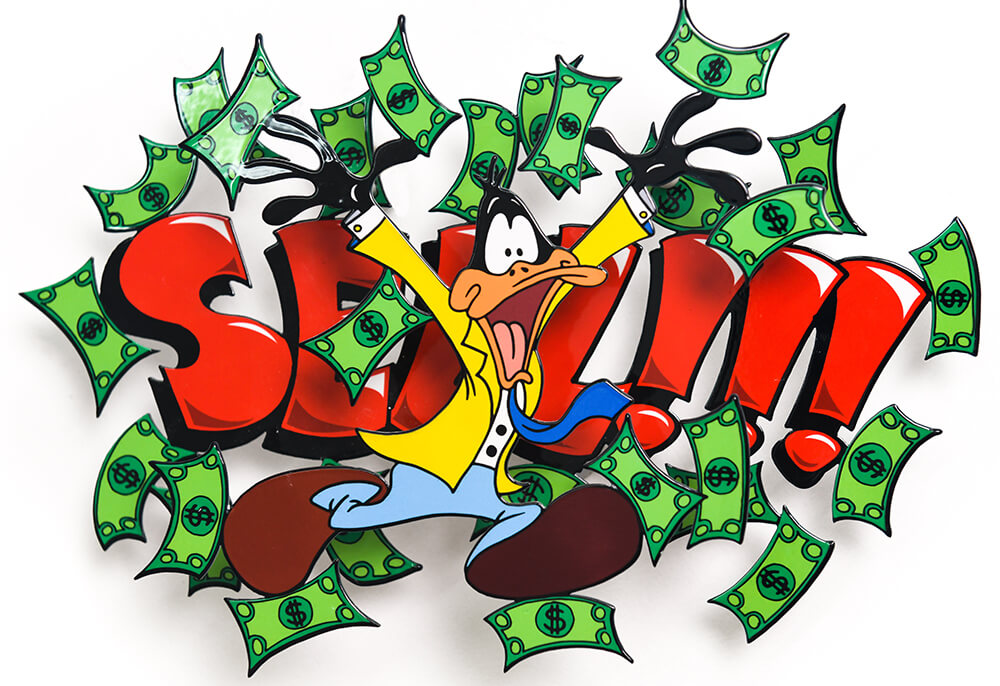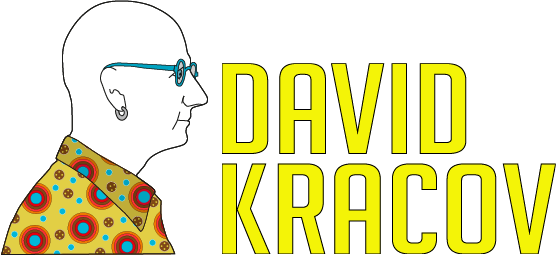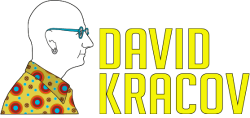What is a Graffiti Sculpture
Graffiti sculpture is a popular form of modern art that evolved from graffiti. The term graffiti predates ancient and prehistoric times. It originally referred to inscriptions such as words or drawings that appeared on the walls of public buildings, ruins, or tombs. The earliest sightings of graffiti can be seen in the Catacombs of Rome or as evidenced in France’s Lascaux cave paintings.
Graffiti has come a long way from being just mere writings and drawings on the surface. Today, artists are using it as a form of expression in their works of art. Let’s take a look at how the idea of graffiti evolved with time.

What is Graffiti Art?
“After pop art, graffiti is probably the biggest art movement in recent history to have such an impact on culture.” – Jeffrey Deitch
Graffiti was coined from the Greek word graphein, which means to “scratch, carve, or write.” The word graffiti has evolved to “graffiti art,” which grew in popularity in reference to hip-hop graffiti that first appeared across New York in the 1960s and 1970s. It involved the use of spray paint or markers in bold, vivid colors combined with stylized fonts or lettering. These writings were sometimes accompanied by graphic, cartoon-like characters.

What is a Graffiti Sculpture?
A graffiti sculpture is a two- or three-dimensional art form that features bold, abstract colors. Spray paint and/or markers are essential to the process of creating graffiti art but are not entirely required. Several contemporary artists utilize inventive alternatives to create graffiti-style effects.
Types of 3D Graffiti Sculptures
3D graffiti sculptures were first popularized by street artists DELTA (Boris Tellegen) and DAIM (Mirko Reisser). Their work embodies technical precision and larger-than-life proportions that wow audiences to this day.
3D sculptors of our time push the boundaries of creativity by using avant-garde concepts, 3D lettering, advanced mechanics, and impressive imagery to create 3D graffiti sculptures.
Let’s explore different contemporary types of graffiti sculptures and techniques taking the art world by storm. The following are also great 3D graffiti sculpture ideas for those wishing to experiment with this amazing form of art.

3D lighting and shadowing
Artists such as PEETA use 3D lighting and shadowing to make textures, patterns, or lettering stand out. This technique creates an optical illusion of sorts when viewed from different angles.
The artist first creates a piece with graffiti-style calligraphy or bold elements. Using 3D lighting and shadowing, parts of a 2D sculpture are lit while the rest is left in the dark. Depending on how you view the piece, the sculpture, although flat, appears three-dimensional.
3D lettering
Words have the power to say more when they’re visually represented through art. Artists such as Jan Kaláb infuse 3D-style lettering into full-blown sculptures that create an impactful message when installed on streets and sidewalks. Even 3D lettering on its own when applied to a surface that conjoins on one end, like the edge of a building, can create the desired effect.
3D wood carvings
Like KWEST, artists are now pushing the boundaries of how graffiti art is viewed in the modern world. Many artists rely on chunks of wood that are carved with intricate 3D work and later assembled and painted. Texture, color, and details are added to the wood and positioned to create a cohesive 3D sculpture.
3D geometric forms
Geometric puzzles and shapes provide ample room for creativity and experimentation. Artists such as Frédéric Platéus incorporate highly stylized technical 3D work that transcends traditional graffiti art. Frédéric creates his own artistic reimaginations of a Rubik’s Cube and dabbles with futuristic abstract forms to translate his passion for dynamic subjects.

Geometry is a complex subject in and of itself. It provides generous fodder for 3D sculptors who have a passion for this versatile, exciting form of art.
Contemporary 3D Graffiti Sculptures by David Kracov
Contemporary artist David Kracov creates several pieces of art that imitate the look of graffiti sculptures. He uses hundreds of meticulously drawn and then hand-cut sketches to create metallic sculptures. No two pieces ever come out the same way, which gives collectors a sense of owning a unique Kracov masterpiece.
Kracov’s originality and eye for detail come through beautifully in his 3D wall sculptures collection. Besides wall art, the sculptor creates standalone sculptures that are reminiscent of his days as an animation designer. Interested buyers should check out the Boston-bred sculptor’s free standing sculptures for sale.

Kracov’s work carries emotional depth, quirky themes, lively tones, and humor. Maximalists and those who appreciate abstract or graffiti art will adore the works of this contemporary sculptor.
History of Graffiti Art
“I laugh at the way some people think graffiti is all selfish tagging and vandalism. Thoughtful street art is like good fiction – it speaks out on behalf of everyone, for us all to see.” – Carla H. Krueger
In the late 1960s, graffiti art was first spotted in Black and Latino neighborhoods in New York City. Hip-hop music was growing in popularity in the Bronx and street subcultures were emerging across the city. With the invention of the aerosol spray can, graffiti artists called “taggers” or “writers” took to the streets to “tag” as many locations with their mark. They’d sign their names on public surfaces so that people recognized their work across the city.

Taggers gradually moved from creating graffiti writings on walls (those who still tagged walls were held in contempt) to tagging trains. Public transport such as subway cars and trains covered larger distances, which made graffiti appear more impactful and culturally symbolic by calling attention to taggers in the city.
Many agree that graffiti art first started in New York with popular taggers such as Cornbread, Chris “Daze” Ellis, Lady Pink, Donald Joseph “Dondi” White, and Tracy 168 running the scene. And New York is undoubtedly where the graffiti culture matured and defined itself from any other forms done in the past.
Evolution of Graffiti Art
“People say graffiti is ugly, irresponsible and childish… but that’s only if it’s done properly.” – Banksy, Wall and Piece
Today, graffiti art is usually commissioned by a city as a way to encourage creative freedom and expression. This form of art is now used on traditional surfaces such as canvases or sculptures, which are exhibited or displayed for sale.

Graffiti-inspired artwork can be seen in the works of Keith Haring, Jean-Michel Basquiat, Shepard Fairey, and Banksy. Most of these contemporary street artists focus on powerful themes such as anti-war, pro-environment, pro-human rights, anti-racism, and feminism. Using their position of creative power, they use art as a catalyst to encourage people and others like them to be the voices of change.
Modern graffiti art employs previous influences such as expressionism, surrealism, and pop art. In stark contrast to its radical roots, graffiti art is only going places and continues to evolve beautifully with time.
Now that you know what graffiti sculpture is and the fascinating history of this form of art, you’ll be better able to view the work of modern-day artists, sculptors, and sculptresses with newfound appreciation.
I'd like to receive future updates and newsletters





